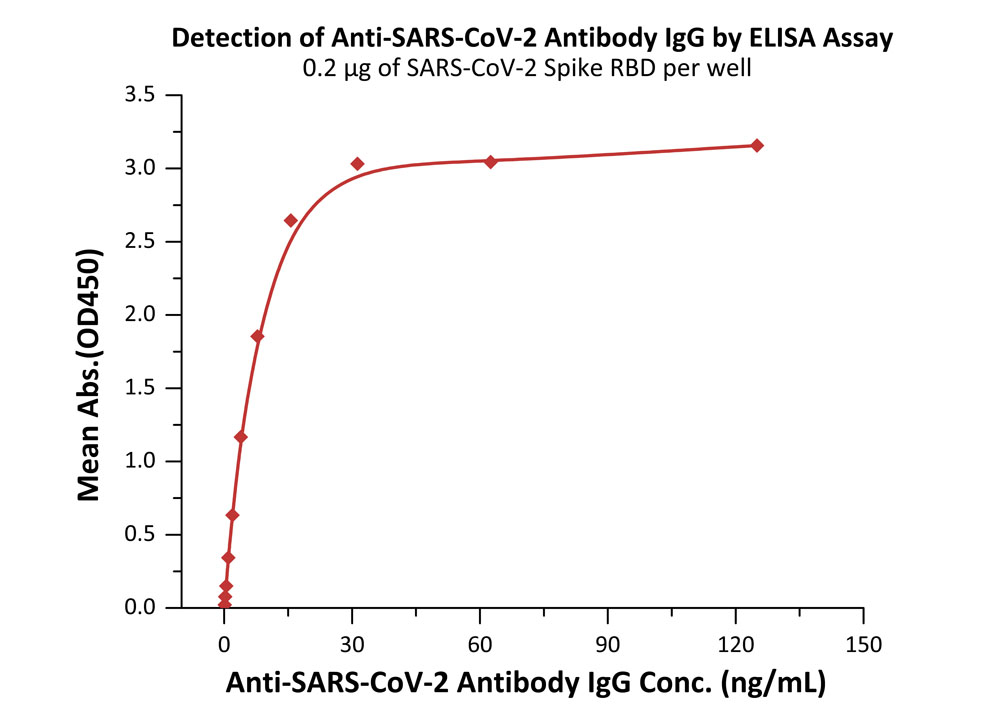Within-Host Fitness and Antigenicity Shift Are Key Factors Influencing the Prevalence of Within-Host Variations in the SARS-CoV-2 S GeneXi, Hua, Jiang
et alViruses (2025) 17 (3)
Abstract: Within-host evolution plays a critical role in shaping the diversity of SARS-CoV-2. However, understanding the primary factors contributing to the prevalence of intra-host single nucleotide variants (iSNVs) in the viral population remains elusive. Here, we conducted a comprehensive analysis of over 556,000 SARS-CoV-2 sequencing data and prevalence data of different SARS-CoV-2 S protein amino acid mutations to elucidate key factors influencing the prevalence of iSNVs in the SARS-CoV-2 S gene. Within-host diversity analysis revealed the presence of mutational hotspots within the S gene, mainly located in NTD, RBD, TM, and CT domains. Additionally, we generated a single amino acid resolution selection status map of the S protein. We observed a significant variance in within-host fitness among iSNVs in the S protein. The majority of iSNVs exhibited low to no within-host fitness and displayed low alternate allele frequency (AAF), suggesting that they will be eliminated due to the narrow transmission bottleneck of SARS-CoV-2. Notably, iSNVs with moderate AAFs (0.06-0.12) were found to be more prevalent than those with high AAFs. Furthermore, iSNVs with the potential to alter antigenicity were more prevalent. These findings underscore the significance of within-host fitness and antigenicity shift as two key factors influencing the prevalence of iSNVs in the SARS-CoV-2 S gene.
Serological Assays Reveal No Evidence of Natural SARS-CoV-2 Infection in US CattleRamasamy, Quraishi, Mukherjee
et alMicroorganisms (2025) 13 (3)
Abstract: Severe acute respiratory syndrome coronavirus-2 (SARS-CoV-2) continues to pose a significant threat to public health. Notably, SARS-CoV-2 demonstrates the capacity to infect various non-human animal species, including both captive and free-living animals. Earlier experimental studies revealed low susceptibility of domestic cattle (Bos taurus) to ancestral B.1 lineage; however, recent experimental findings indicate greater permissiveness of cattle to SARS-CoV-2 Delta variant. While some studies detected evidence of SARS-CoV-2 infection in cattle in Italy, Germany, India, and Nigeria, currently, there is no evidence of SARS-CoV-2 infections in US cattle. We have investigated over 600 samples, including pre-pandemic and pandemic cattle sera collected from Pennsylvania for the presence of SARS-CoV-2 antibodies. Since serological tests have inherent problems of false positives and negatives, we conducted a comprehensive assessment of multiple serological assays. As there are no known SARS-CoV-2 positive cattle serum samples, we used hyperimmune serum raised in cattle with SARS-CoV-2-spike receptor binding domain (RBD) as positive control for the test validation. We found that pseudovirus neutralization assays with a luciferase reporter system can produce false positive results, and care must be taken to interpret serological diagnosis using these assays. We found no serological evidence of natural SARS-CoV-2 infection or transmission among cattle in the US. This study underscores the importance of robust evaluation when employing serological assays for SARS-CoV-2 detection in cattle populations.
Conformational and Stability Analysis of SARS-CoV-2 Spike Protein Variants by Molecular SimulationOlivos-Ramirez, Cofas-Vargas, Madl
et alPathogens (2025) 14 (3)
Abstract: We performed a comprehensive structural analysis of the conformational space of several spike (S) protein variants using molecular dynamics (MD) simulations. Specifically, we examined four well-known variants (Delta, BA.1, XBB.1.5, and JN.1) alongside the wild-type (WT) form of SARS-CoV-2. The conformational states of each variant were characterized by analyzing their distributions within a selected space of collective variables (CVs), such as inter-domain distances between the receptor-binding domain (RBD) and the N-terminal domain (NTD). Our primary focus was to identify conformational states relevant to potential structural transitions and to determine the set of native contacts (NCs) that stabilize these conformations. The results reveal that genetically more distant variants, such as XBB.1.5, BA.1, and JN.1, tend to adopt more compact conformational states compared to the WT. Additionally, these variants exhibit novel NC profiles, characterized by an increased number of specific contacts distributed among ionic, polar, and nonpolar residues. We further analyzed the impact of specific mutations, including T478K, N500Y, and Y504H. These mutations not only enhance interactions with the human host receptor but also alter inter-chain stability by introducing additional NCs compared to the WT. Consequently, these mutations may influence the accessibility of certain protein regions to neutralizing antibodies. Overall, these findings contribute to a deeper understanding of the structural and functional variations among S protein variants.
The Use of Heterologous Antigens for Biopanning Enables the Selection of Broadly Neutralizing Nanobodies Against SARS-CoV-2Aripov, Zaykovskaya, Mechetina
et alAntibodies (Basel) (2025) 14 (1)
Abstract: Background: Since the emergence of SARS-CoV-2 in the human population, the virus genome has undergone numerous mutations, enabling it to enhance transmissibility and evade acquired immunity. As a result of these mutations, most monoclonal neutralizing antibodies have lost their efficacy, as they are unable to neutralize new variants. Antibodies that neutralize a broad range of SARS-CoV-2 variants are of significant value in combating both current and potential future variants, making the identification and development of such antibodies an ongoing critical goal. This study discusses the strategy of using heterologous antigens in biopanning rounds. Methods: After four rounds of biopanning, nanobody variants were selected from a phage display library. Immunochemical methods were used to evaluate their specificity to the S protein of various SARS-CoV-2 variants, as well as to determine their competitive ability against ACE2. Viral neutralization activity was analyzed. A three-dimensional model of nanobody interaction with RBD was constructed. Results: Four nanobodies were obtained that specifically bind to the receptor-binding domain (RBD) of the SARS-CoV-2 spike glycoprotein and exhibit neutralizing activity against various SARS-CoV-2 strains. Conclusions: The study demonstrates that performing several rounds of biopanning with heterologous antigens allows the selection of nanobodies with a broad reactivity spectrum. However, the fourth round of biopanning does not lead to the identification of nanobodies with improved characteristics.
























































 膜杰作
膜杰作 Star Staining
Star Staining















